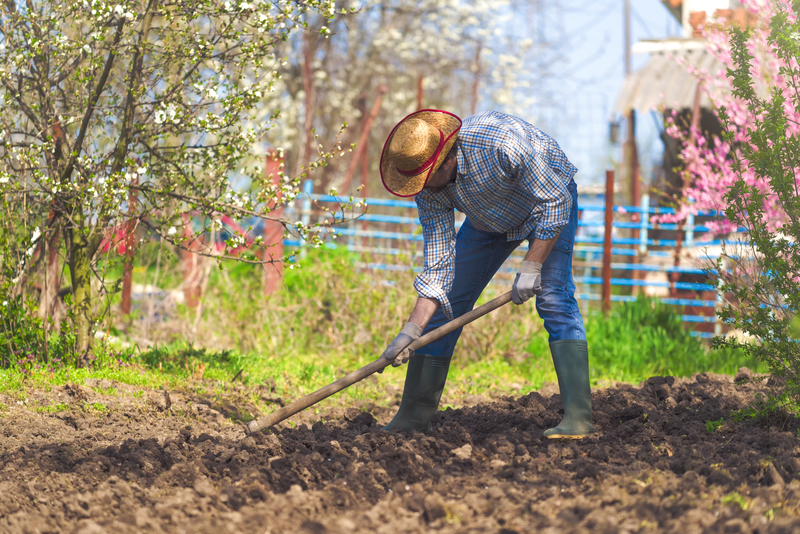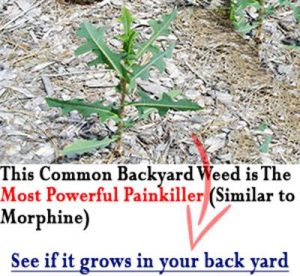You have the perfect spot picked out for your new garden. It gets just the right amount of sun, its easy to access and there is plenty of room to plant whatever your heart desires. Just one problem. The ground in your perfect spot is less than optimal for growing anything more than plastic plants.
What do you do when your potential garden’s soil is more akin to just plain dirt that the rich compost you dream of getting your hands into? Pick another site? Probably now very practical.
Fortunately, there are several natural ways you can inject your ground with what it needs to support a flourishing garden. Here are a few you might want to consider.
Composting
Composting your kitchen and yards waste gives you a tremendous source of organic material that will add nutrients and extra material to your garden plot.
If you haven’t had a chance to get a good compost heap going, your local DIY or garden center will be able to provide you enough to get started.
Not sure you want to take on the job of maintaining compost? Consider at least saving all your used coffee grounds and egg shells. Adding these directly to the soil around each plant will go a long way to building up much-desired nutrients.
Related Article: The Undeniable Benefits of Coffee Grounds in Your Garden
Natural Fertilizer a.k.a Manure
Adding animal dung to your soil will give it a much-needed boost in organic material, nutrients, and beneficial microbes. If you go this route, make sure you follow a few precautions.
First, most fresh manure is too “hot” to add directly to plants. There are high levels of several compounds that can burn your plants chemically. For best result, let manure compost or at least age for a while before adding it to soil and around existing plants. This gives those chemical compounds time to break down to safe levels for planting.
If you are preparing a new site, you can use a tiller to mix in fresh manure in the fall, and then let it set over the winter to be ready for spring planting.
Also, if you are sourcing your manure from an outside source, say the farmer down the road, make sure the manure you receive is from animals that have not been allowed to graze on food sources that have been exposed to herbicides.
Some herbicides can survive the digestive process and will exist in the animals waste, which will have unwanted side-effects on your new planting.
Plant Cover Crops
This relatively easy option lets you build up your soil quality with much less work than some other methods. Cover crops provide nutrients to the soil as well as improve drainage, attract beneficial insects and other organisms, strangle out weeds, and act as a mulch.
One thing to note, however, using this method will take longer than others. You won’t be able to use the site for other planting until the following year.
If you are someone who really plans ahead, though, this would be a good option for you.
Let the Worms do the Work
Vermicomposting is basically the process of introducing worms to the environment and letting them add important nutrients as well as increase aeration and drainage just by being themselves.
There are a few ways to accomplish this:
- Add the worms to your compost pile. They will speed up the decomposition process and add vital nutrients to the material.
- Add the worms to your garden soil and pile on some compost and mulch to give them a new home.
Related Article: Do-It-Yourself Worm Casting
Let the Gardening Begin
We’ve discussed four fairly simple ways you can turn a patch of dirt into a flourishing garden plot ready to nurture whatever you want to plant. With just a little planning, you can turn your backyard into a viable food source in no time.
[Break-Through] Organic Gardening Secret Grows You Up To 10 Times The Plants, In Half The Time”. Learn More Here>>>


